Crape Myrtle Bark Scale Treatment
Crape myrtle bark scale treatment. Treatment for the black sooty mold is not recommended and once the scale is terminated then the black sooty mold will disappear as well. UT Extension Agent Chris Cooper and Mike Dennison show how to use a soil drench to treat Crape Myrtle Bark Scale. Garden Guru Mike Westphal explains how to treat and prevent crepe myrtle bark scale.
Apply a soil drench of an imidacloprid product such as Ferti-Lome Tree Shrub Systemic Insect Drench during this period. Next in late March apply a systemic insecticide called Bioadvanced Tree Shrub Insect Control to all your crepe myrtles according to label directions. Work closely with your nursery or landscape contractor to be sure any crape myrtles you purchase are CMBS free.
In a future blog we will discuss the importance of treating CMBS with Systemic Insecticides which are much stronger during the growing season to really control the scale and other effective fungicides to control the sooty mold as well. Treatments will need to be made in the late spring to early fall time to completely control the Crepe Myrtle Bark Scale. For trees that are already infested systemic insecticides such as imidacloprid dinotefuran or thiamethoxam applied as soil drenches or soil injections are the best treatments available.
This scale and the resulting black sooty mold that develops in its sticky honeydew residue are not especially threatening to crape myrtles. Again keep in mind that it is a slow process for the insectici de treatment to reach its potential and to also allow for safer foraging of local bees. To kill the scale we recommend Bayer Advanced Tree and Shrub Protect and Feed Concentrate.
Crape myrtle bark scale are. This treatment would be applied around March or April as the trees are starting to leaf out and take in nutrients through their roots. First after its leaves drop apply dormant oil to the trunks and branches.
Your treatment should include a combination of a systemic insecticide and a 18-3-6 liquid fertilizer as it has proven successful in both protecting the tree and improving its overall strength. Treatment The best window for control is late April or early May as the crapemyrtles begin to really flush and can be applied through July. What should you do if you discover crepe myrtle scales on your tree now.
Sprays including dormant oils are not as effective on crape myrtle bark scale. My own personal observation having worked with thousands of crape myrtles in the past 20 years.
For trees that are already infested systemic insecticides such as imidacloprid dinotefuran or thiamethoxam applied as soil drenches or soil injections are the best treatments available.
Crape myrtle bark scale are. That way the treatment can be taken in through the roots and distributed throughout the trees. This scale and the resulting black sooty mold that develops in its sticky honeydew residue are not especially threatening to crape myrtles. Again keep in mind that it is a slow process for the insectici de treatment to reach its potential and to also allow for safer foraging of local bees. It comes in granular and liquid form and provides 12-month long-lasting systemic protection against the scale. Crape Myrtles can be treated for CMBS from April through November however the ideal treatment window is in April thru June BEFORE the little guys start turning everything black. Start deep-root treatment on your crape myrtle trees during the spring season and before heavy blooming takes place. Your treatment should include a combination of a systemic insecticide and a 18-3-6 liquid fertilizer as it has proven successful in both protecting the tree and improving its overall strength. Once things start turning black around July different application methods are needed to stop and prevent further blackness from occurring.
Work closely with your nursery or landscape contractor to be sure any crape myrtles you purchase are CMBS free. Sprays including dormant oils are not as effective on crape myrtle bark scale. The plant they are treating is covered with. Treatments will need to be made in the late spring to early fall time to completely control the Crepe Myrtle Bark Scale. Work closely with your nursery or landscape contractor to be sure any crape myrtles you purchase are CMBS free. Treatment The best window for control is late April or early May as the crapemyrtles begin to really flush and can be applied through July. Again keep in mind that it is a slow process for the insectici de treatment to reach its potential and to also allow for safer foraging of local bees.

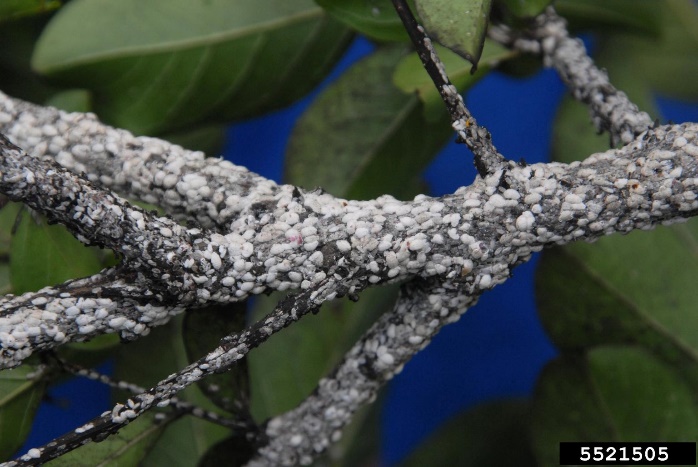
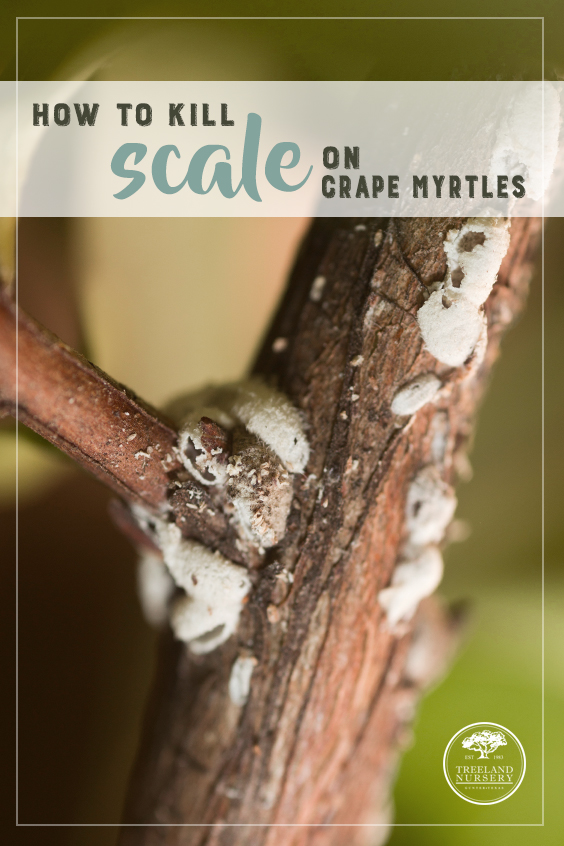










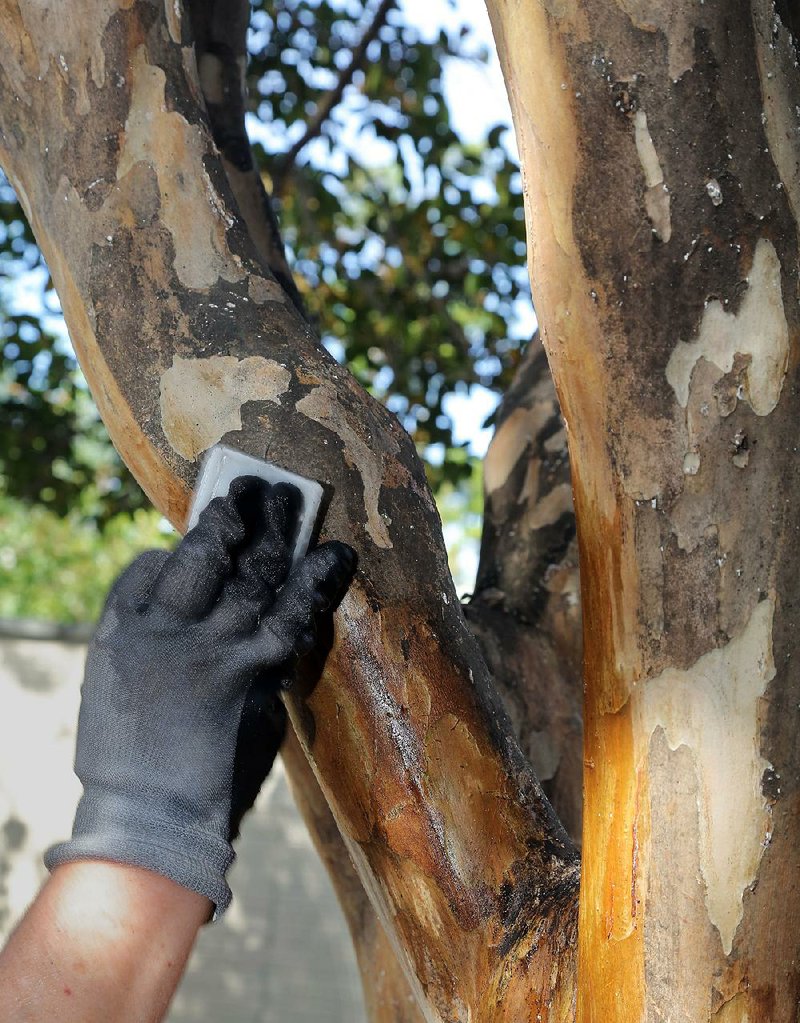

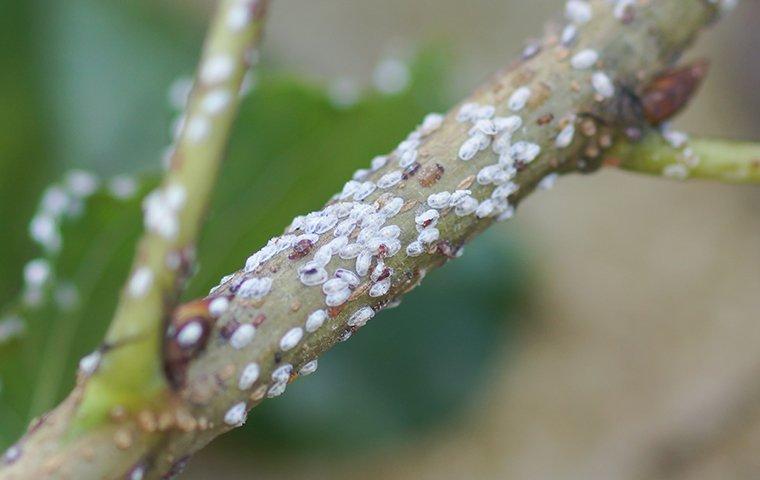






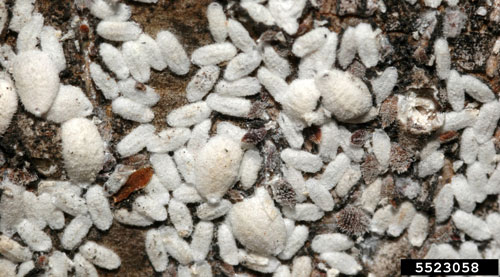






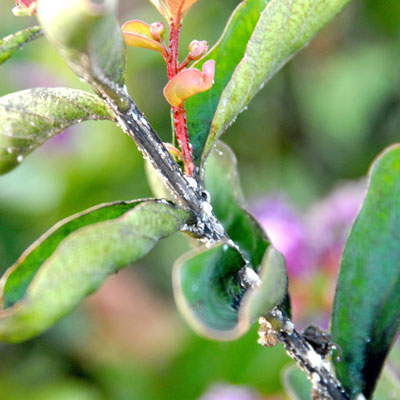
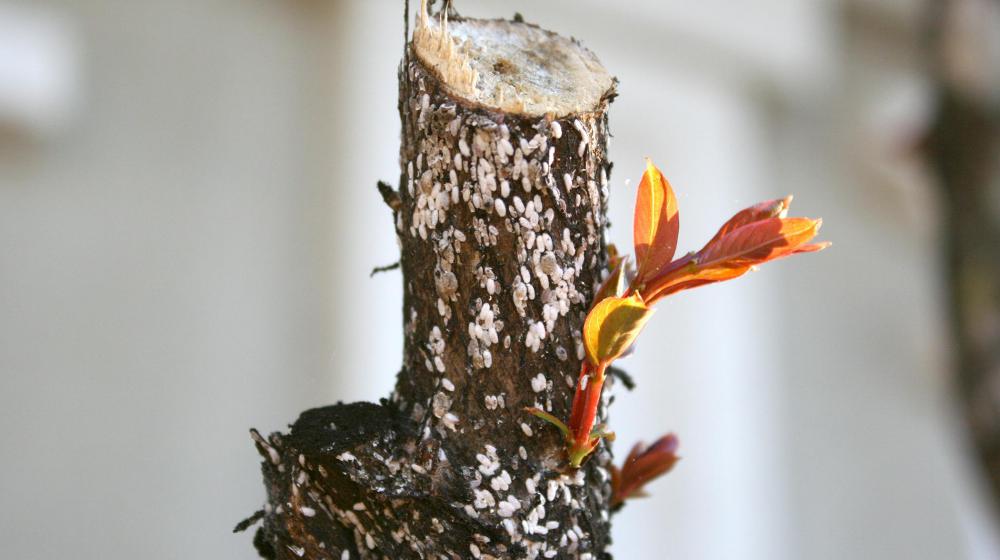
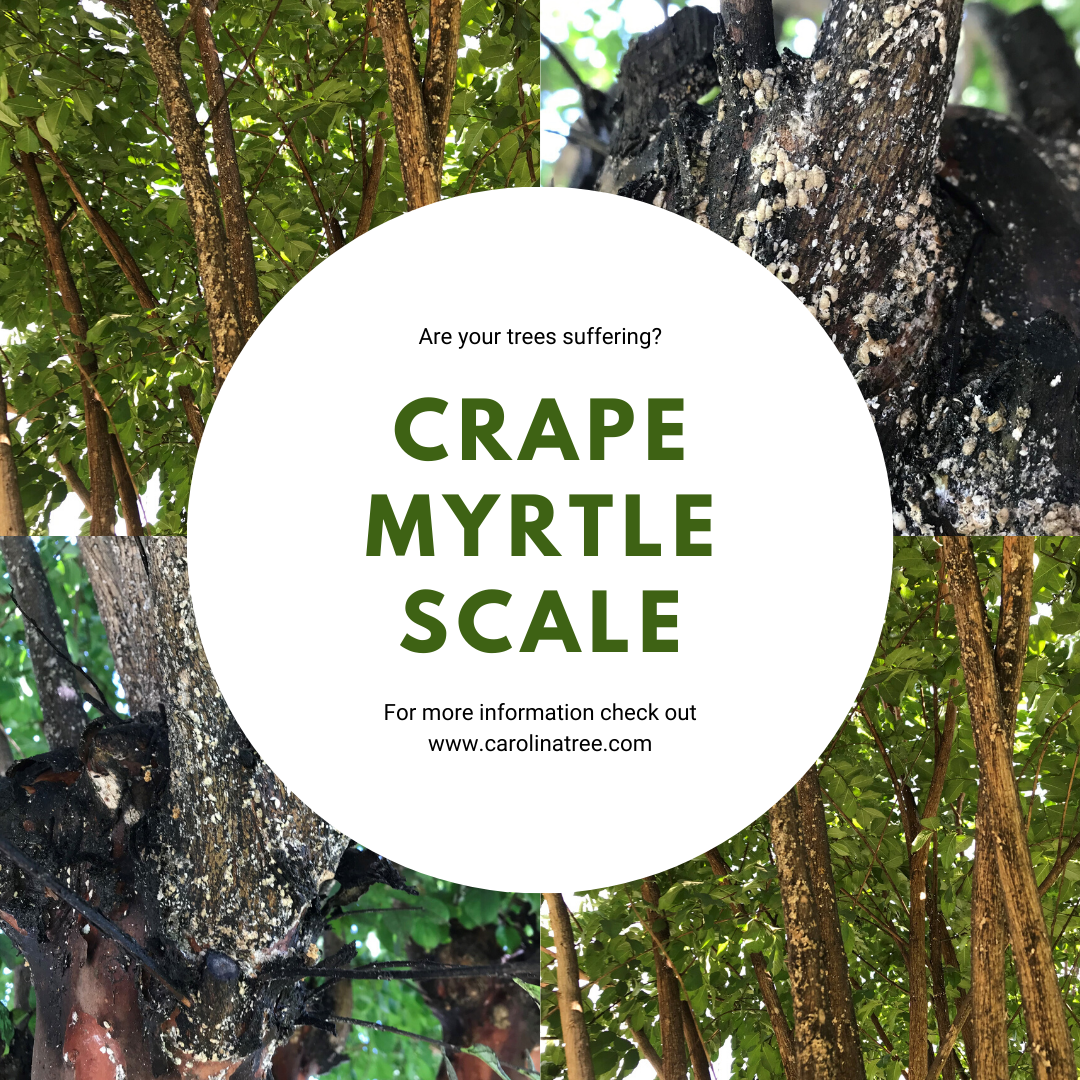

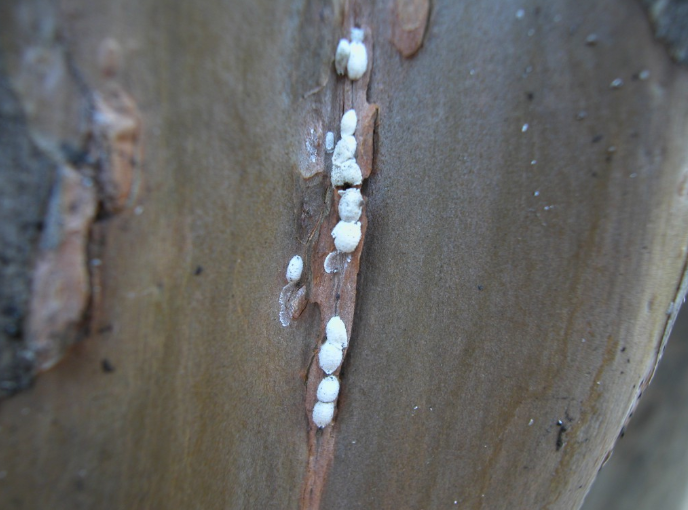


Post a Comment for "Crape Myrtle Bark Scale Treatment"